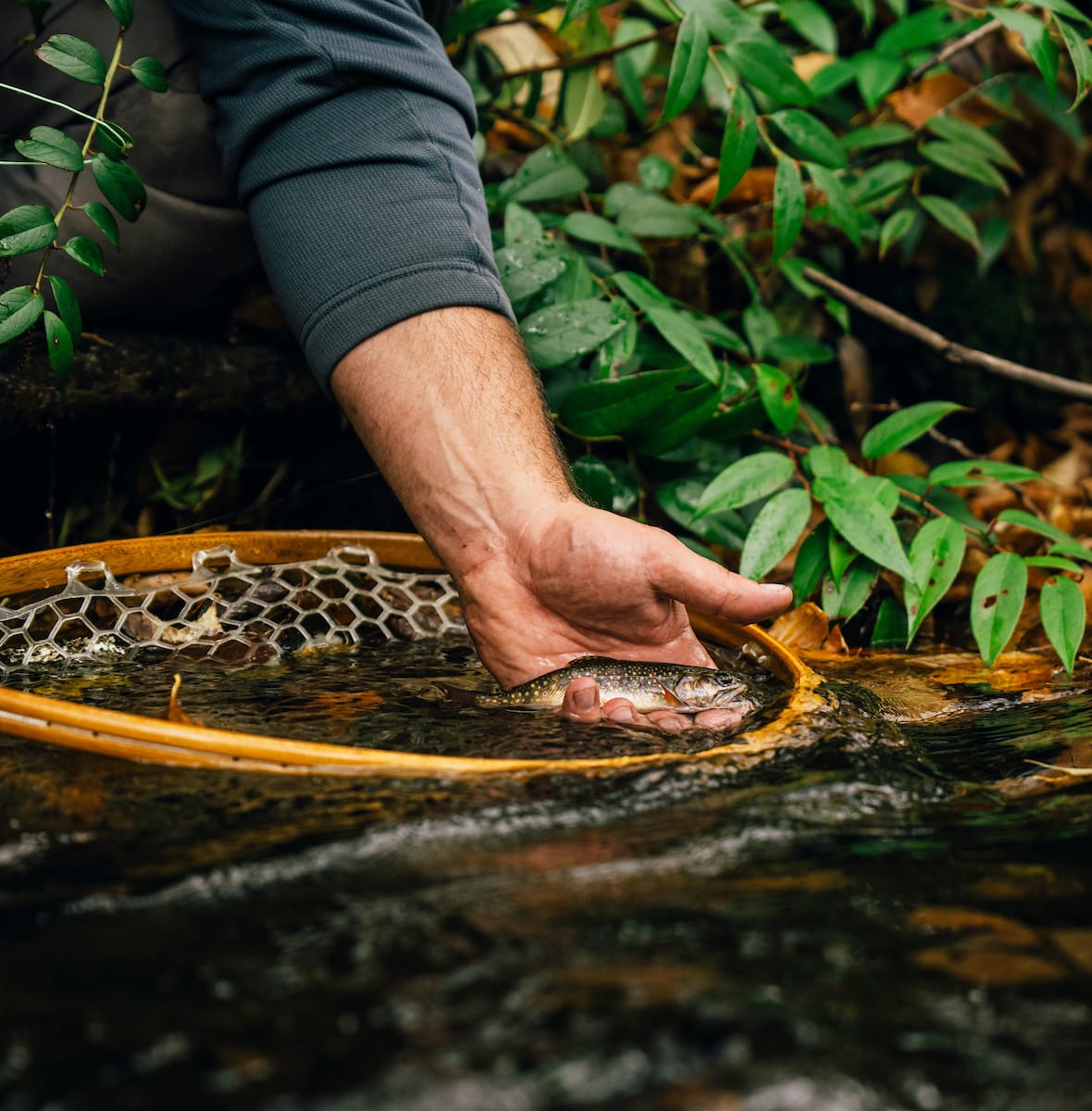Southeast volunteers of all ages offer brook trout a hand
With all due respect to all the legendary trout states in America, perhaps my favorite Trout Unlimited trip was to my home state of New Jersey.
A few TU legendary volunteers, such as Agust Gudmundsson, Rick Axt, Rich Thomas, and the late Rick Ege, offered to take me around the Garden State. I had had the hare-brained idea of starting a Home Rivers Initiative restoration project on the headwaters of the Passaic River (maybe because my parents lived there?).
Ultimately, wiser heads prevailed, and we focused on the Musconetcong River and the Upper Delaware for our work in the area.
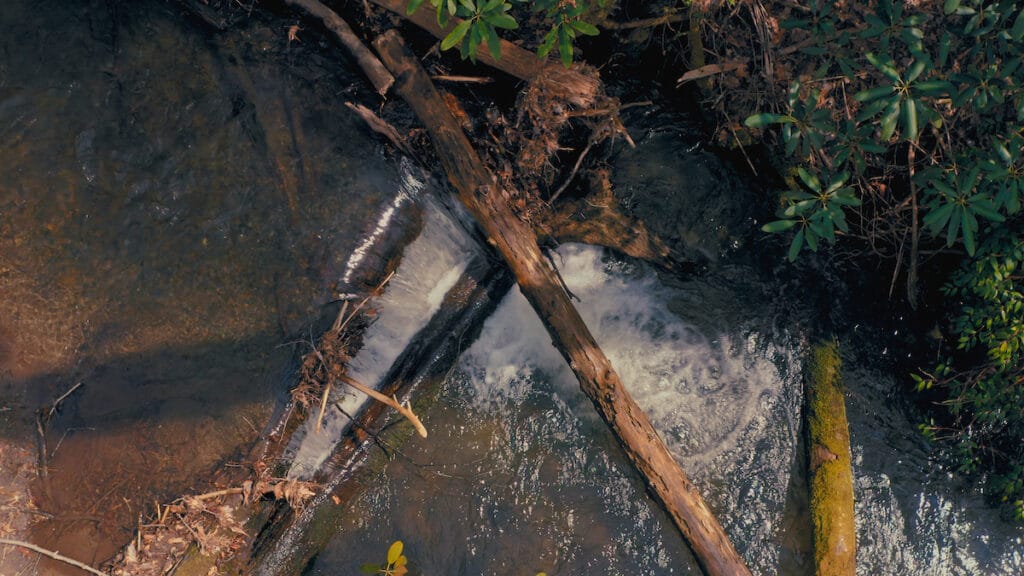
The New Jerseyans showed me around to a few potential project sites. We drove to an interstate highway alongside a creek. The creek was bound on the other side by a train track. When we left the vehicle to walk to the creek, we carefully stepped over an illegal waste dump of drywall and other construction material. Walking to the water’s edge, I saw that our trail bisected the creek.
I looked curiously at our guide, a longtime partner and biologist named Pat Hamilton from New Jersey’s Division of Fish & Wildlife. “ATV trail,” she said. Then she pointed her finger at some watercress upstream.
“Do you see those fish under the vegetation?” she asked. “Those are heritage strain brook trout. They have been here for millennia.”
The most urban state in the country still harbored native brook trout. Amazing.
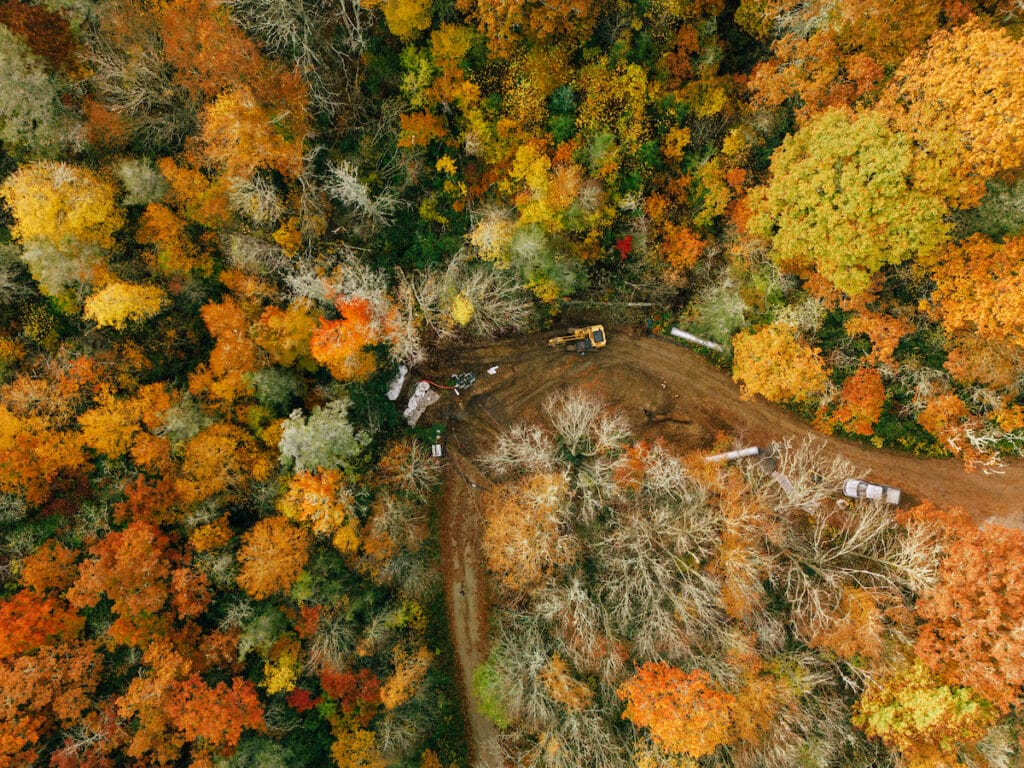
Native trout galore
I thought of this story this month when I attended TU’s Southeast regional meeting in Music City, Nashville, Tenn.
The Southeast holds the southernmost range of native Appalachian brook trout. It would be easy for TU volunteers to write these struggling populations off, and instead focus on stocking non-native (and larger) browns and rainbows. They do not.
In fact, the Georgia chapter of the American Fisheries Society recognized Georgia TU as its “Conservationist of the Year” for their work protecting and recovering Southern Appalachian brook trout. Georgia TU members have long worked with the Chattahoochee-Oconee National Forest and Georgia Department of Natural Resources staff to improve in-stream habitat for trout. In a typical year, they provide volunteer services worth more than $15,000.
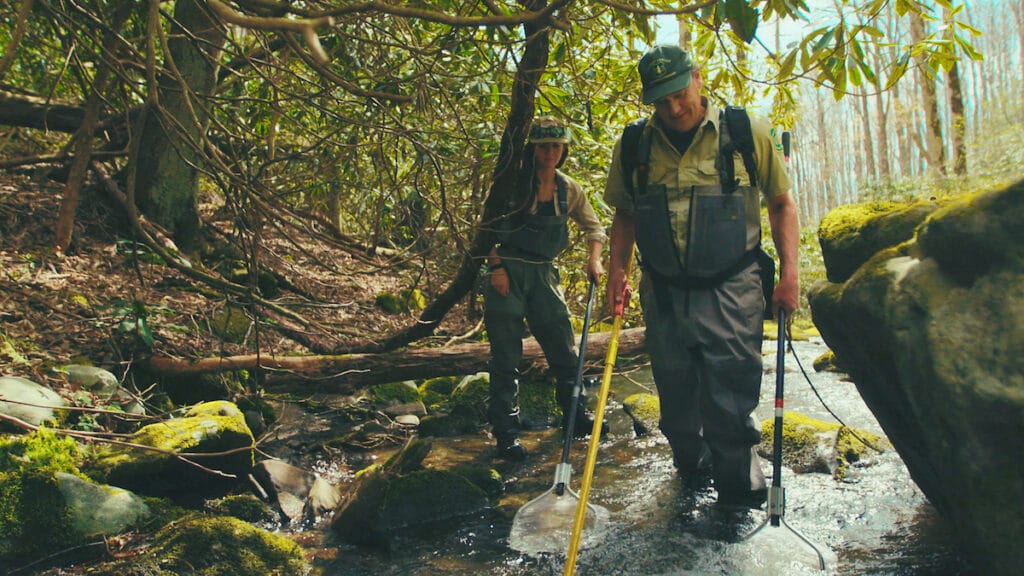
Georgia won the award, but it could have gone to many state councils or chapters in the Southeast. More than 100 volunteers from across North Carolina helped to identify restoration opportunities in the Sky Island and Wilson Creek areas by surveying nearly 500 culverts and 132 miles of roads and trails. These efforts proved timely, as the data analysis and project prioritization prepared us to pursue federal infrastructure funds through our partnership with the U.S. Forest Service in places like the Cathey’s Creek watershed, where we have secured $1.2 million for restoration projects.
In Tennessee, the Music City chapter and others are working with the Tennessee Wildlife Resources Agency and others to persuade the Army Corps of Engineers to relicense a dam on the Caney Fork of the Cumberland River so that it provides minimum flows and no longer violates state water quality standards. In addition, Tennessee volunteers donated about 1,200 hours to survey about 250 road crossings in the Great Smoky Mountain National Park to help native brook trout move in response to flood, drought, and wildfire. The council directs significant proceeds from the sale of TU license plates to the restoration work of TU staffer Jeff Wright.
In South Carolina, TU volunteers are helping partners to recover native brookies in Sumter National Forest through dam removal and habitat restoration.
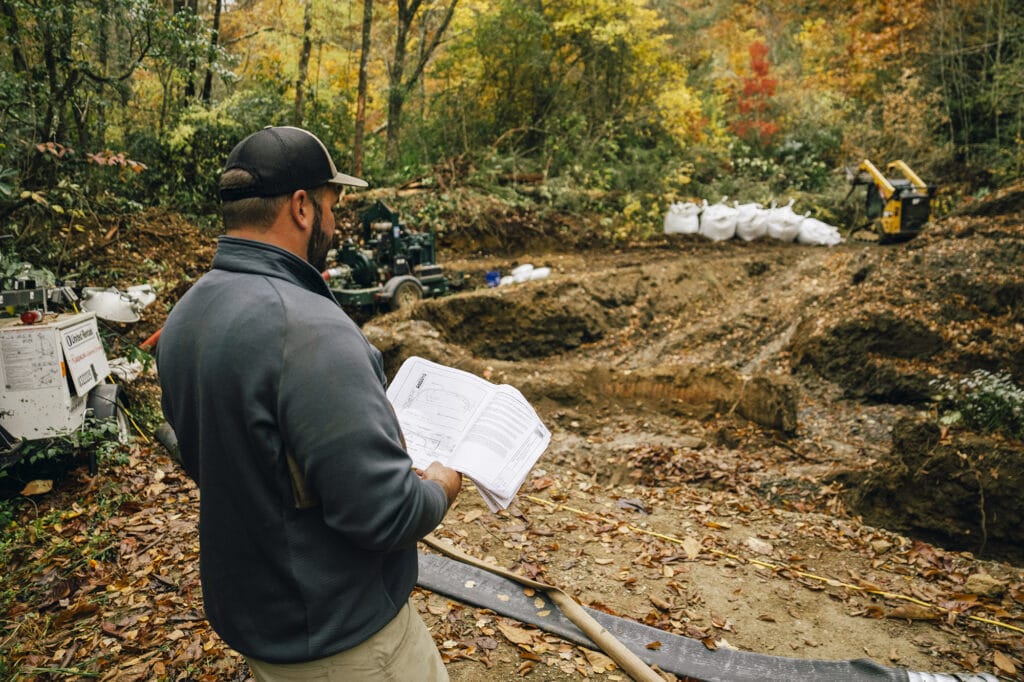
My Holiday Inn room in Nashville overlooked Vanderbilt University’s football stadium, and later that evening, I was pleased to meet a woman named Charlotte James, who started the TU Costa 5 Rivers Vanderbilt Fishing Club and is working with the Girl Scouts. Through her leadership, Vanderbilt grew the 5 River’s program at Vanderbilt from three to over 100 students.
“With the support of the Trout Unlimited 5 Rivers program, we’ve been able to expand our membership and foster a deep sense of community at Vanderbilt and beyond,” Charlotte says. “By bringing together conservation-minded anglers, we are collectively working towards a shared mission of cherishing and protecting coldwater fisheries nationwide.”
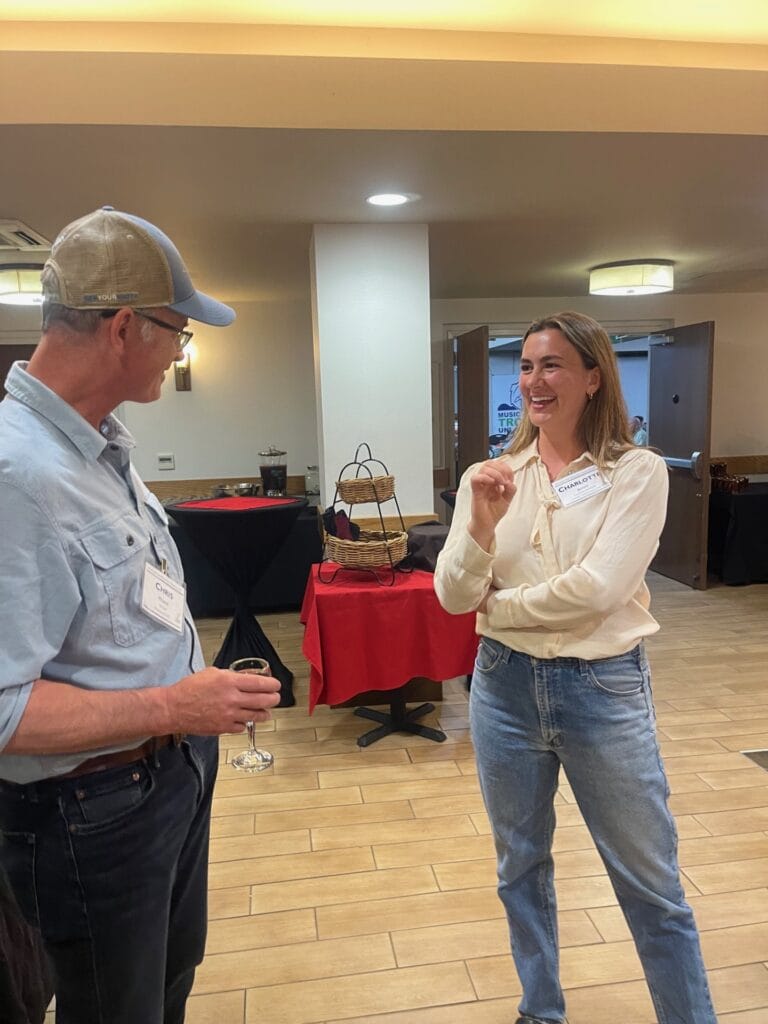
I think Charlotte may have my job one day.
Trout (and salmon) are incredibly resilient species. All they need is a little help. Thanks to all of you who through your time, talent and treasure, give it to them.
Keep Exploring
Learn more about Trout Unlimited’s work in Georgia, Tennessee, North Carolina, and South Carolina.
Watch a film about TU’s work in Tennessee, “A Beautiful Mess”



